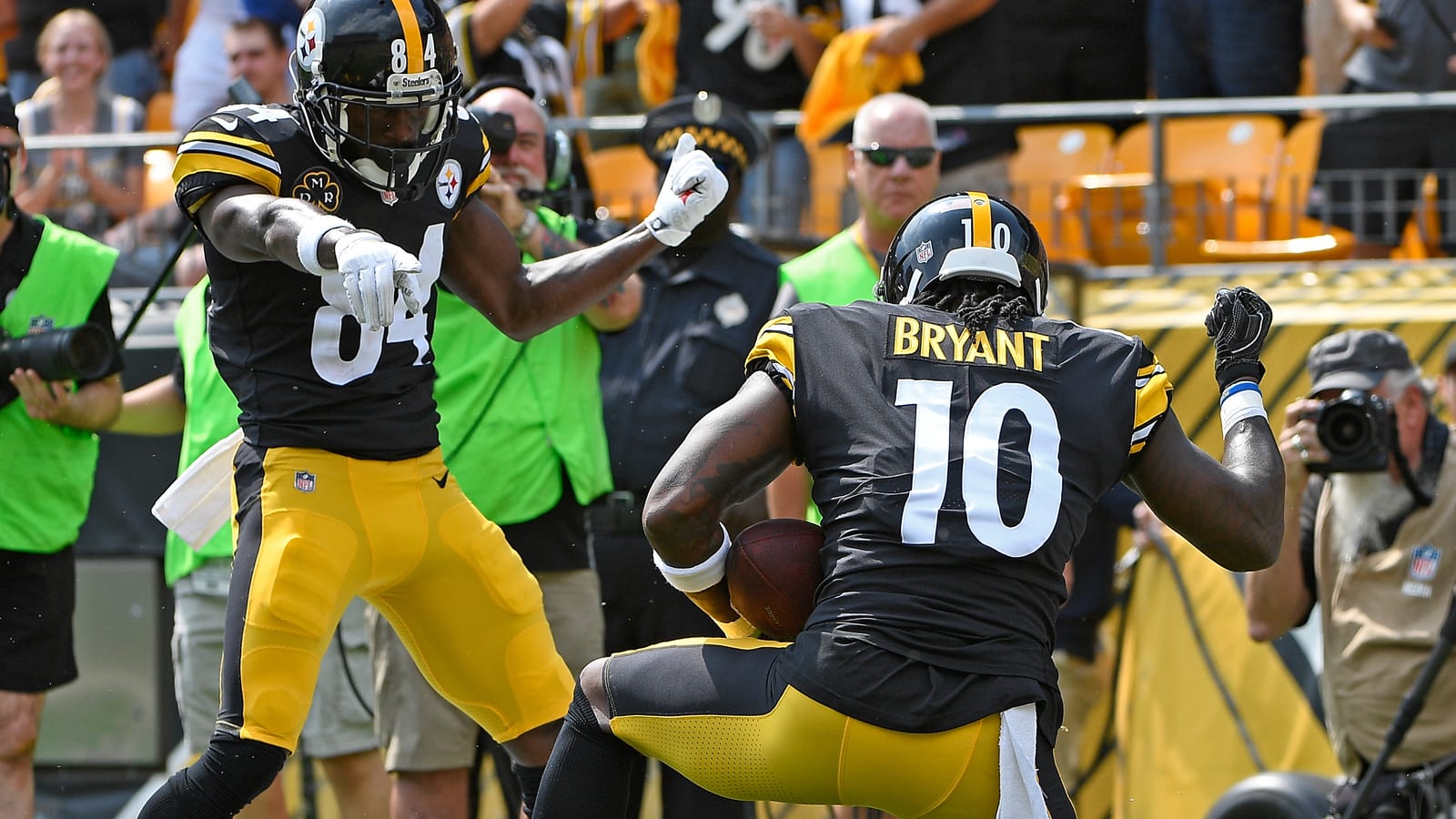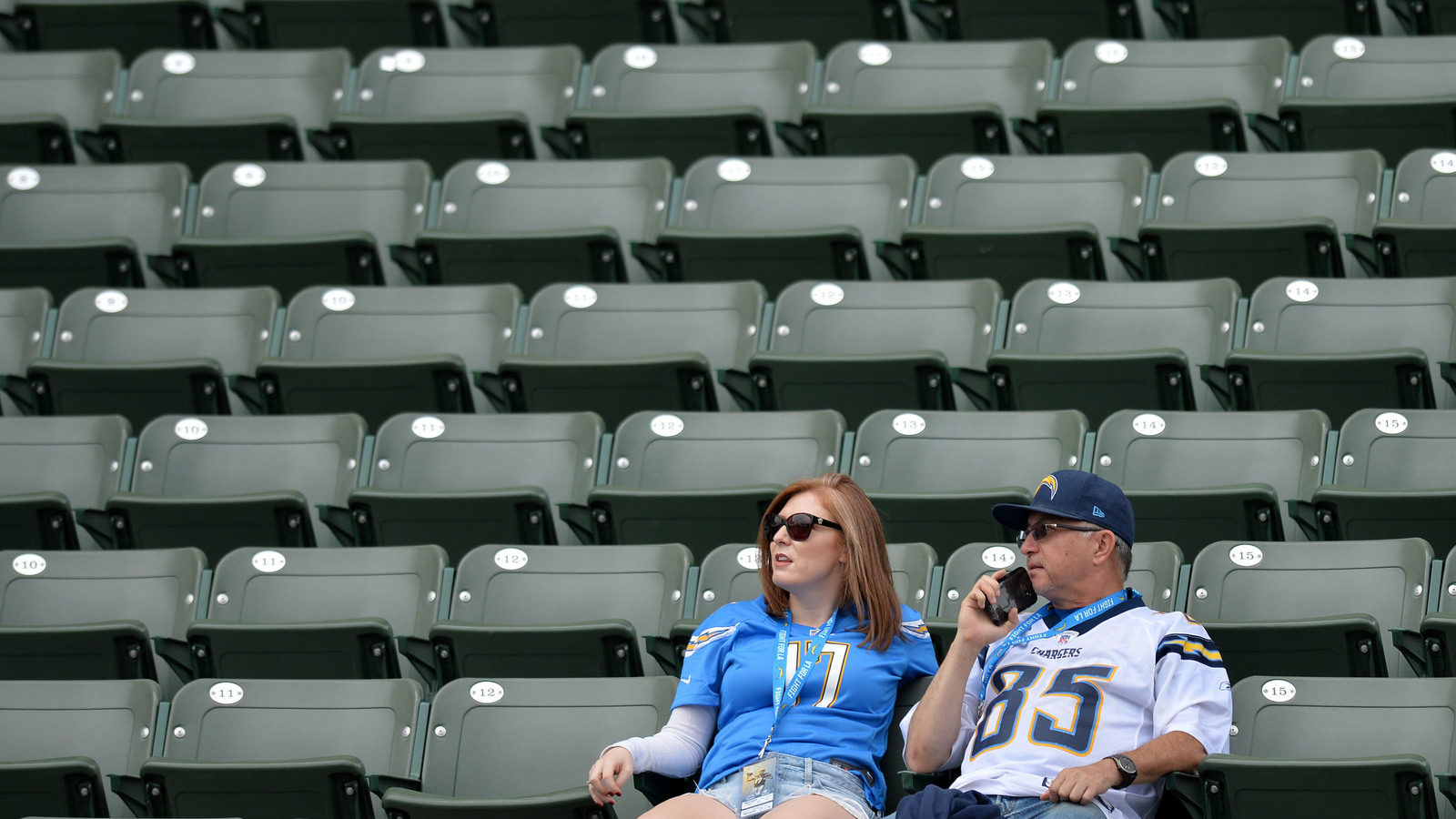
Building on the NFL's positive changes beyond 2017
There are a lot of reasons to be down on the NFL and plenty of people to tell you about them. That’s all and well good; the pessimism and outrage are well-earned. But if you plan on continuing to watch the sport, presumably that means you would like for it to improve or at least strive for better things.
Even this season, when such a pall hangs over the league, there are positives to note. The newly relaxed rule regarding group celebrations has brought a bright spot to what has otherwise been a mostly dour first two weeks of the regular season. Tony Romo has earned rave reviews as a broadcaster for his ability to not only effectively analyze the action, but also to predict what teams will do based on his familiarity with tendencies used around football.
Those might be relatively minor improvements in the grand scheme, but every little bit helps. So what other changes can the NFL make to restore positive feelings about a league mired in negativity for the past few years? Beyond things like “get a team to sign Colin Kaepernick” and “establish some consistency punishing domestic violence,” here are a few changes the NFL could make to get itself back on the right track:
Keep reducing commercials and quickening game pace
The NFL has touted that the average duration of a game has dropped so far in 2017 compared to the same period in each of the previous two seasons. Ten games in Week 1 alone went under three hours. Though still a small sample size, it’s fair to attribute the reduction to new changes that include starting the 40-second play clock immediately after a touchdown is scored, as well as a 40-second clock after PATs when there are no commercials. Centralized replay has also likely chipped away at delays.
The league has reportedly been experimenting with split-screen commercials to run during reviews. That would certainly be a welcome development, assuming sponsors don’t object too strenuously or expect huge cuts in cost.
Stop testing players for marijuana
Not only is this an extremely unpopular policy among fans and players, but it detracts from the quality of games by removing some talented players. The Steelers' offense looks that much more impressive with Martavis Bryant, who has returned after a yearlong suspension for positive tests for marijuana. Josh Gordon, who was shaping up to be one of the best receivers in the game, is still waiting to return to the sport after losing multiple years for weed-related suspensions. This doesn’t get at the palliative uses of marijuana that some players swear by.
The NFL has begun to fund scientific studies to look into marijuana’s pain-reducing potential, though that seems like as much a delay tactic as anything.
Get rid of Thursday Night Football
For fans, the most popular aspect of TNF is complaining about it. Sure, there may be one or two worthwhile Thursday games each season. Nevertheless, it’s reliably sloppy and serves as a tedious inconvenience for teams and overkill for the audience.
There have been reports that the NFL has considered eliminating TNF after 2017 when the broadcasting contracts with NBC and CBS expire. The league would be wise to do so. Surely losing the thrill of Color Rush uniforms is a sacrifice many are willing to make. That or, y’know, teams could just wear them Week 17 when most don’t have anything to play for anyway. If the NFL is desperate for more night games, try having more Monday night doubleheaders.

Either radically change the game or go back to its roots
The NFL has an irreconcilable identity problem. Every year it takes further incremental steps to lower the rate of concussions. While this is somewhat productive from a safety standpoint, it does next to nothing to remove the repeated subconcussive hits that lead to CTE. To do that would require a fundamental changing of the sport.
At the same time, the changes the NFL has made have helped distort the aesthetic and flow of the game. The rule book is more at play than ever before. While it’s good to lower concussions, if doing so is watering down the product and not ultimately making the game safe, what’s the actual point?
Cut the cost of tickets/parking/concessions across the board
Demand for tickets for the marquee teams will remain high, but there are still plenty of markets that struggle to fill the seats, especially those like Los Angeles, where the team hasn’t really had any time to build a following. The Chargers can try to market an intimate setting at the StubHub Center, but when parking alone is $100, few are going to bother trying it out.
The NFL’s biggest slice of the revenue pie is TV deals so there’s less need to fleece fans on tickets for the live experience, which is curious especially when the consensus opinion is that the NFL is best viewed on TV, anyway. The Falcons have gotten a lot of attention for offering reasonable concession prices in their stadium. Surely that’s a meager sop to offer when the public forked over so much to build the stadium. It’s an easy way to atone and get some press.
Enforce the salary cap rule and eliminate tanking
No team will ever admit to it, though there’s arguably at least three teams that are definitely tanking in 2017: the Jets, Browns and 49ers. One fundamental truth of the NFL, and this is doubly true in the modern game, is that if you don’t have a quarterback, you might as well not even bother. With next year’s QB class hyped as a good one, bad teams are angling for high draft position. While this is sound in long-term planning, it makes for painfully bad viewing this season.
In some ways, this is a difficult thing to enforce by the NFL, but one way to do it is to put some teeth to the rule that mandates teams must use a minimum percentage of the salary cap each season. As it stands, that rule is based on a four-year average of at least 89 percent of the cap. The problem is, there’s little actual punishment for violating it. The league would be better suited to make it an annual standard and dock a draft pick for noncompliance.
More must-reads:
- Jets owner says team is ‘definitely not tanking’
- Every NFL team’s key role player
- The 'Most touchdown catches by TE in a season' quiz
Breaking News
Customize Your Newsletter
 +
+
Get the latest news and rumors, customized to your favorite sports and teams. Emailed daily. Always free!

